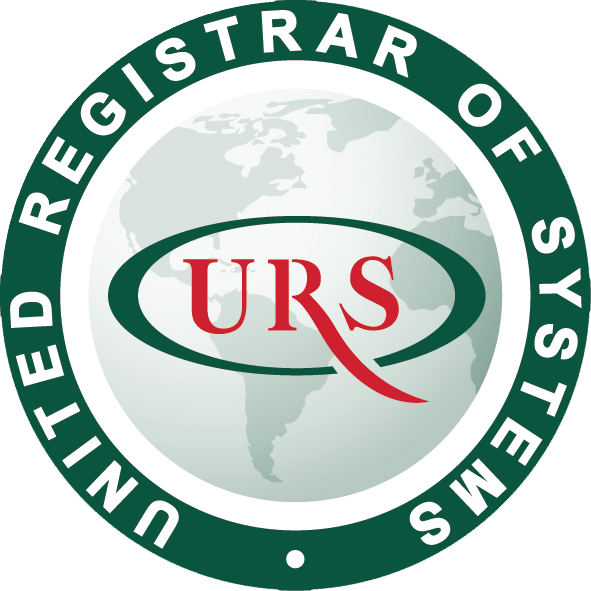In the ever-evolving landscape of the food industry, ensuring the safety and quality of food products is paramount. Hazard Analysis and Critical Control Points (HACCP) Certification stands as a cornerstone in the realm of food safety, offering a systematic preventive approach to food safety from biological, chemical, and physical hazards in production processes. This blog post aims to unfold the essence of HACCP, its benefits, the certification process, and its pivotal role in fostering a culture of food safety and quality assurance across the food supply chain.
What is HACCP?
HACCP is a management system recognized internationally for ensuring food safety. It identifies, evaluates, and controls hazards that are significant for food safety. Developed initially in the 1960s by NASA and the Pillsbury Company to ensure the safety of food for space missions, HACCP has since become a global standard for food safety, applicable across all sectors of the food industry.

The core of HACCP lies in its seven principles, which guide the implementation of effective food safety practices:
- Conduct a Hazard Analysis: Identify potential hazards that could occur in the food production process.
- Determine the Critical Control Points (CCPs): Points in the process where identified hazards can be prevented, eliminated, or reduced to acceptable levels.
- Establish Critical Limits: Maximum and minimum values to which hazards must be controlled at each CCP.
- Implement Monitoring Procedures: Monitor CCPs to ensure each is under control.
Benefits of HACCP Certification
Obtaining HACCP certification offers numerous benefits to food businesses, enhancing not only food safety but also operational and business performance:
- Enhanced Food Safety: Minimizes food safety risks by identifying and controlling potential hazards throughout the food production and distribution process.
- Compliance with Regulations: Helps businesses meet legal and customer requirements regarding food safety.
- Market Access: Enhances the marketability of food products by demonstrating a commitment to food safety, often a requirement for trade at both international and domestic levels.
- Consumer Trust: Builds confidence among consumers and stakeholders in the safety and quality of food products.
The Certification Process
Achieving HACCP certification involves a rigorous process that ensures a food business’s commitment to food safety. The steps typically include:
- Commitment from Management: Secure top-level management commitment to implement an effective HACCP system.
- Hazard Analysis and Risk Assessment: Identify and assess potential food safety hazards within the production process.
- Design and Implement a HACCP Plan: Develop a plan based on the seven HACCP principles tailored to the specific operations of the food business.
- Training: Educate staff on HACCP principles and the specific roles they play within the system to ensure its effective implementation and operation.
HACCP certification is not just a regulatory requirement but a critical element in the global food industry’s commitment to food safety. By adopting HACCP principles, food businesses can effectively manage food safety risks, ensuring the health and safety of consumers worldwide. Moreover, HACCP certification signifies a food business’s dedication to maintaining the highest standards of food safety, opening doors to new markets and building trust with consumers and stakeholders alike.
